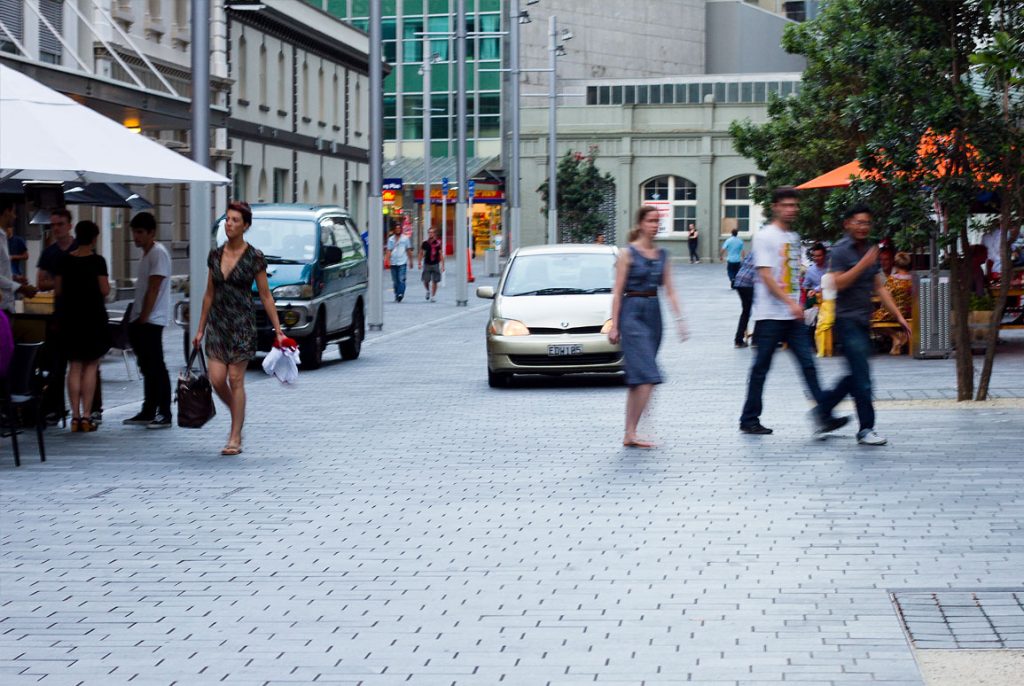Placemaking & Crime Prevention
Public spaces that are dark, neglected, or empty often become hotspots for crime. Without activity or proper facilities, people feel unsafe and avoid using them—creating a cycle of abandonment and insecurity. The question is: how can urban design and placemaking break this cycle?
In Bandung, many public spaces have the potential to become vibrant community hubs. Yet, if safety is not prioritized, people hesitate to use them. One effective approach is Crime Prevention Through Environmental Design (CPTED)—a strategy that integrates design elements to naturally reduce opportunities for crime.
A simple but powerful example is lighting. Well-lit spaces discourage potential offenders and make people feel safer to gather, walk, or socialize after dark. Unfortunately, many areas in Bandung still lack adequate lighting, leaving public spaces underutilized when they could otherwise thrive.
But safety is not just about infrastructure—it’s about community. Placemaking goes beyond physical upgrades. It’s about building a sense of belonging, comfort, and trust so people feel ownership of their shared spaces. When residents are active participants, public spaces transform into safer, more inclusive, and more vibrant places for everyone.
At Kami Ruang Ketiga, we believe that a safe city is a shared responsibility. By combining design strategies with community involvement, we can reimagine public spaces in Bandung and beyond—not just as places to pass through, but as places to connect, thrive, and feel secure. lain.



